My favorite place in England: the path to Bathampton, along the Kennet and Avon Canal. The old town in Bath is well worth visiting for the Georgian architecture, Jane Austen vibe, and afternoon teas (50 shades of Earl Grey!), but this tree-lined walk leading away from the city, through colorful canal boats and historic buildings, is truly something special. We love walking around England – and always seem to end up at a pub.
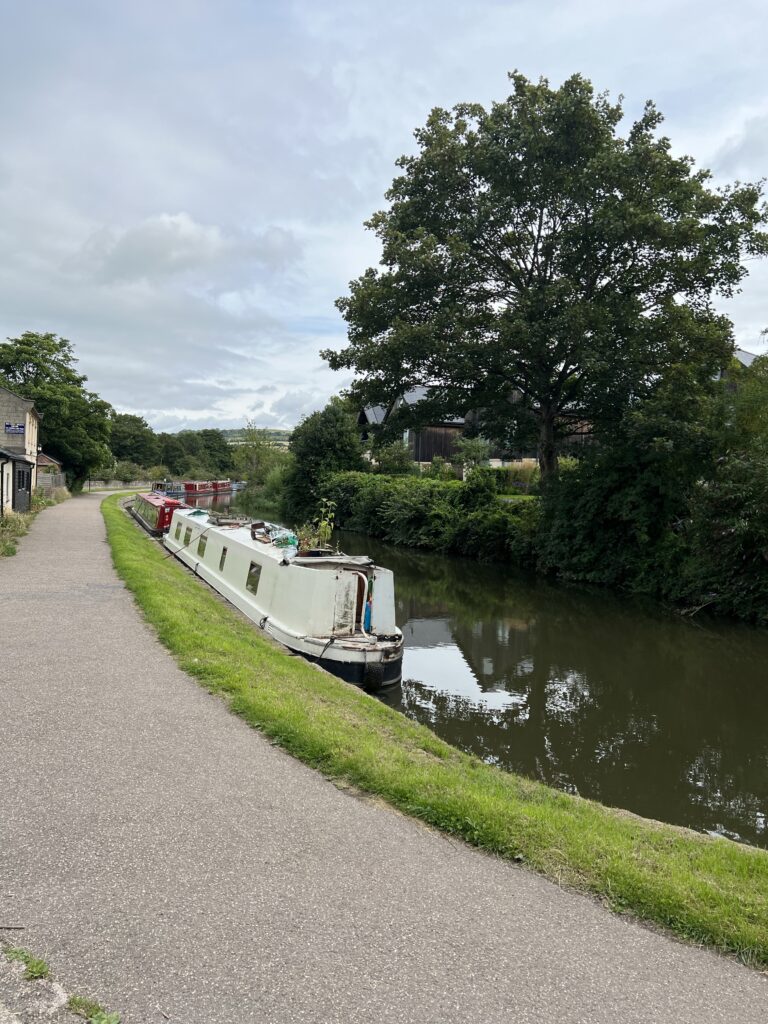
What is noteworthy about Bath to a boater? Describe the History of the Kennet and Avon Canal. How far is a walk along the canal to the George Inn? Describe the history of the George Inn. Is the George Inn the oldest pub in Bath? Does it serve cask ale? Is the hotel haunted? What is the story involving the haunting? Can you get to Bristle by canal boat from the George Inn?
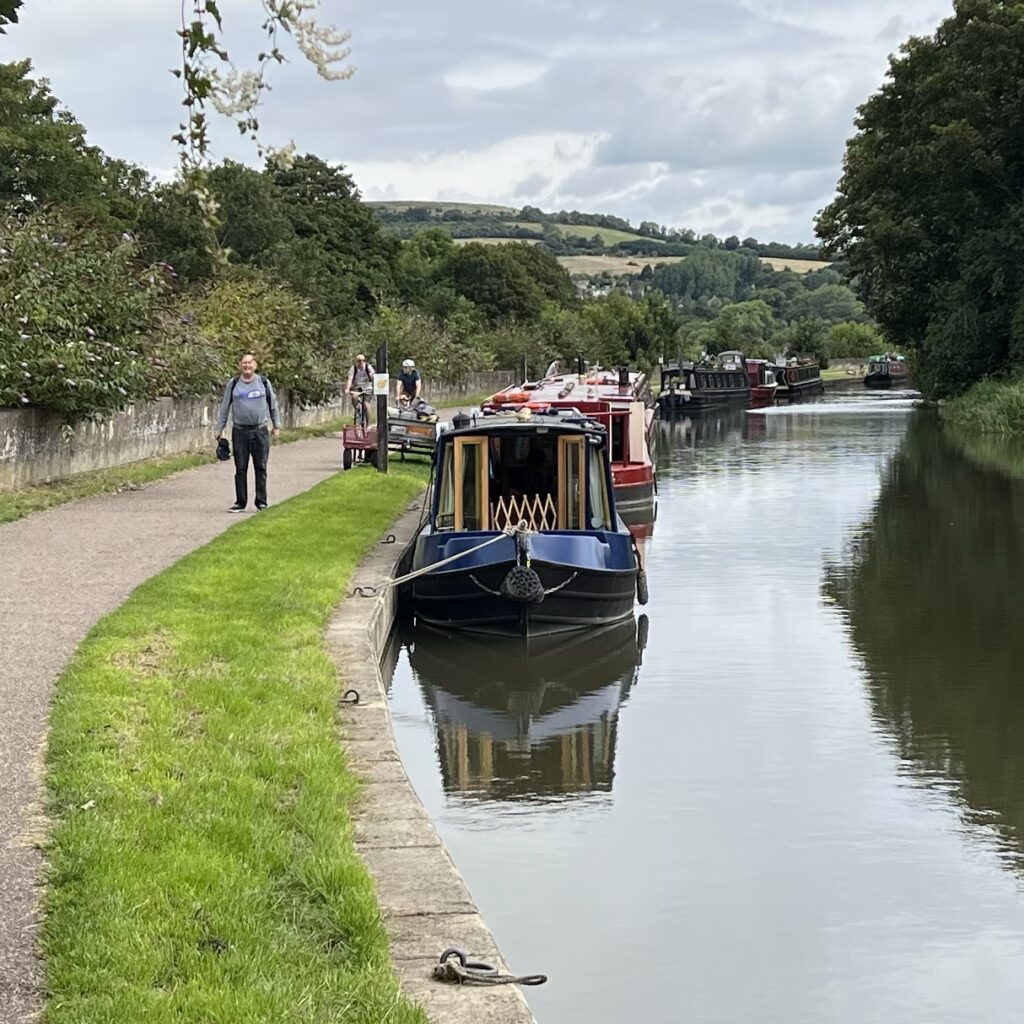
Noteworthy aspects of Bath for boaters:
- Bath is a city in Somerset, England, known for its Roman-built baths and Georgian architecture.
- The city is a popular destination for boaters due to its location on the Kennet and Avon Canal.
- The Kennet and Avon Canal is a historic waterway that runs through Bath, connecting Bristol to Bath in the west and Reading to Bath in the east.
- Boaters can enjoy cruising along the canal, taking in the scenic views and passing through picturesque towns and villages.
- Bath is a UNESCO World Heritage Site and offers boaters the opportunity to explore its rich history and cultural attractions.
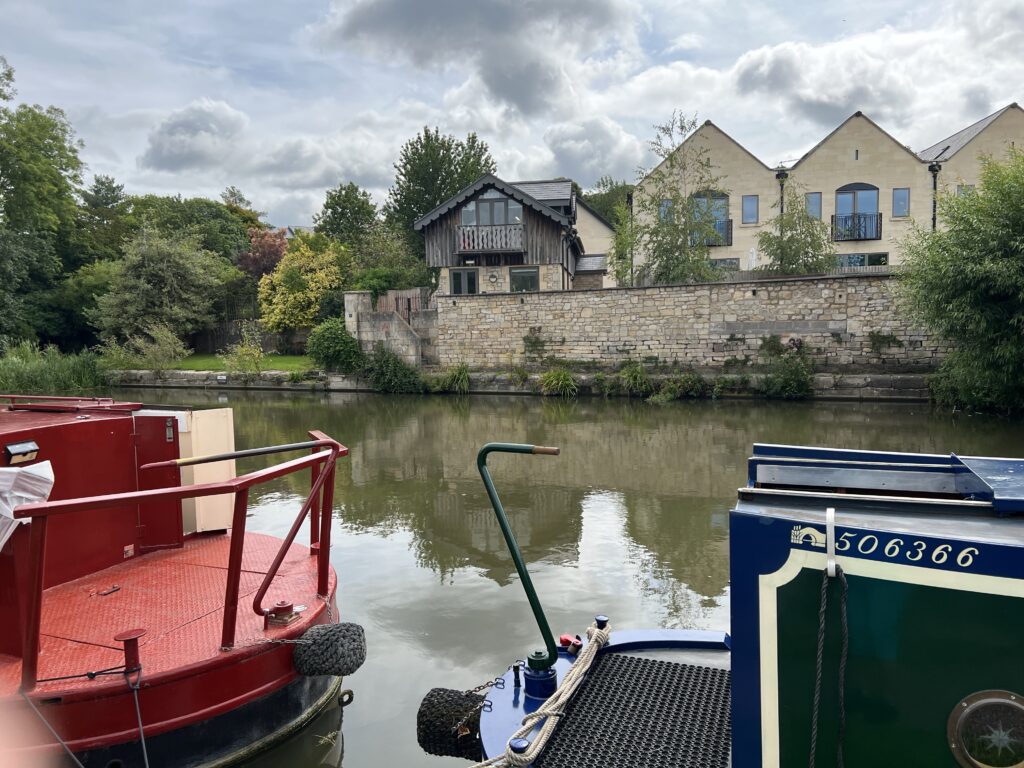
History of the Kennet and Avon Canal:
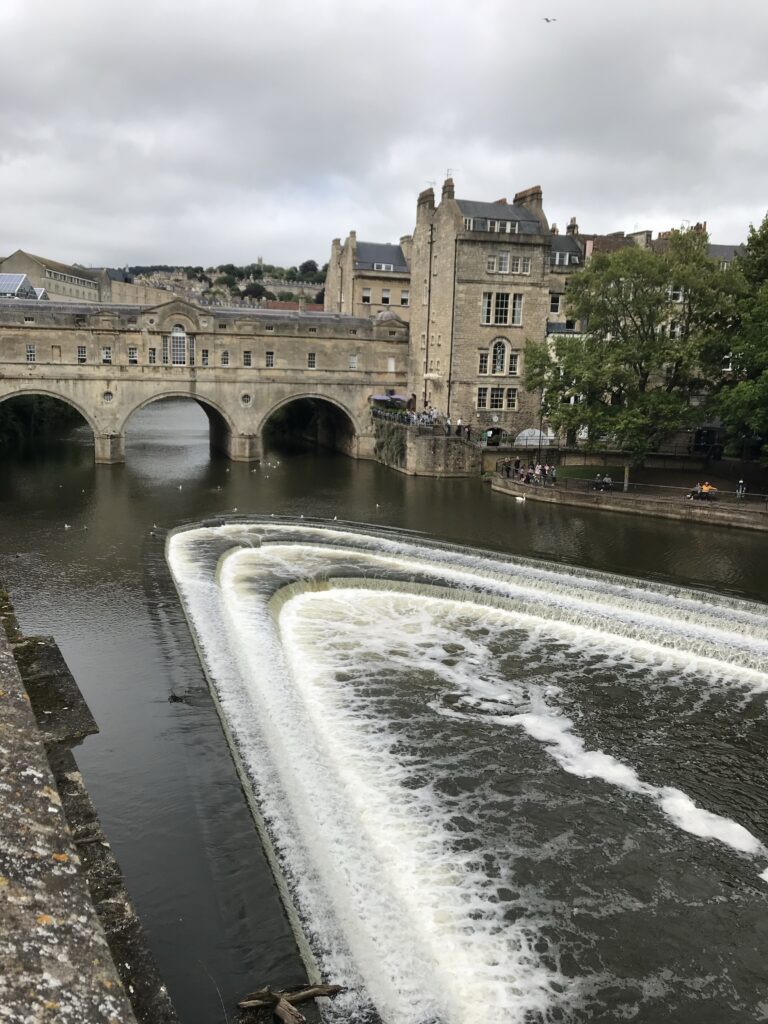
- The Kennet and Avon Canal was completed in 1810 and played a significant role in the transport of goods during the Industrial Revolution.
- It consists of two lengths of navigable rivers linked by a canal, connecting Bristol to Bath in the west and Reading to Bath in the east.
- The canal fell into disrepair but was restored in the 20th century, reopening in 1990 for full recreational use.
Distance from the canal to the George Inn:
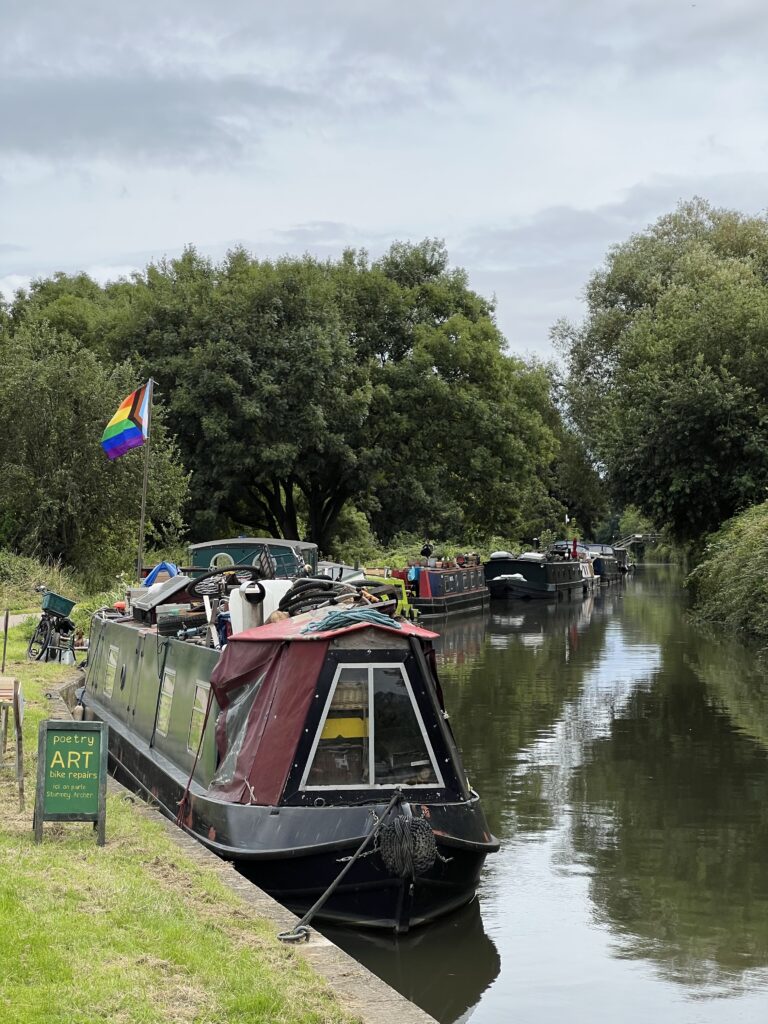
- The distance of a walk along the canal to the George Inn is not more than 3 miles. We hiked to it and back from the Roman Baths in 17,000 steps, a little less than 7 miles.
History of the George Inn:
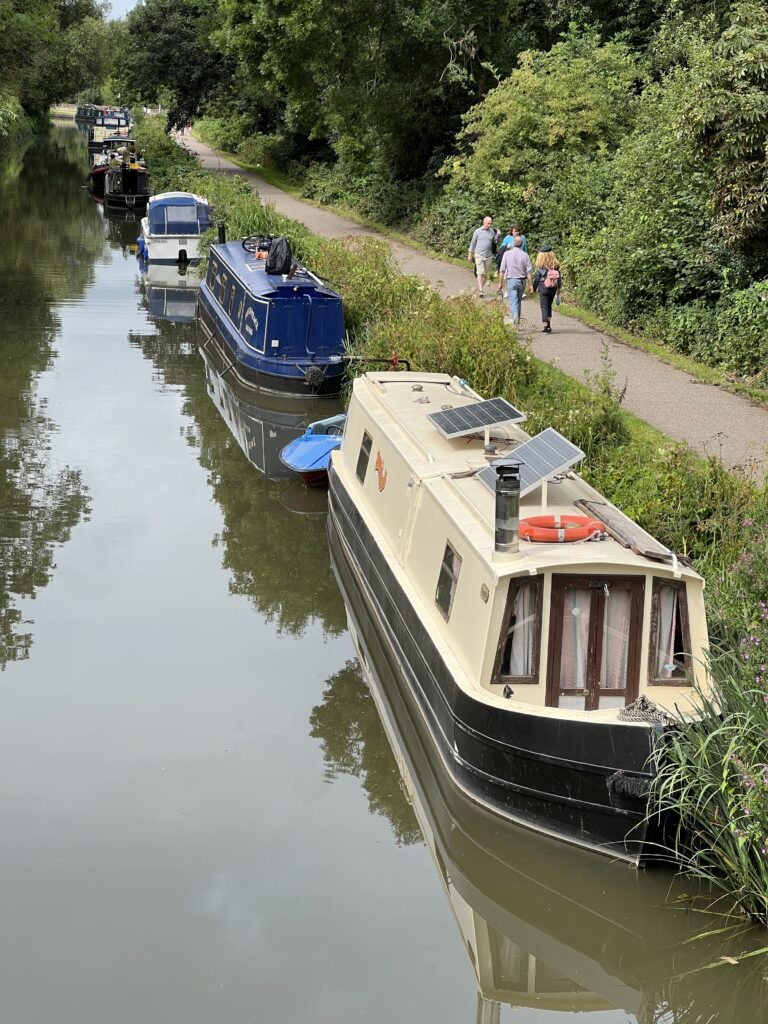
- The George Inn is located in Bathampton, Somerset, near Bath.
- It is a Grade II listed, ivy-clad pub beside the Kennet and Avon Canal.
- The pub features a waterside location and a spacious beer garden.
Oldest pub in Bath and cask ale service:
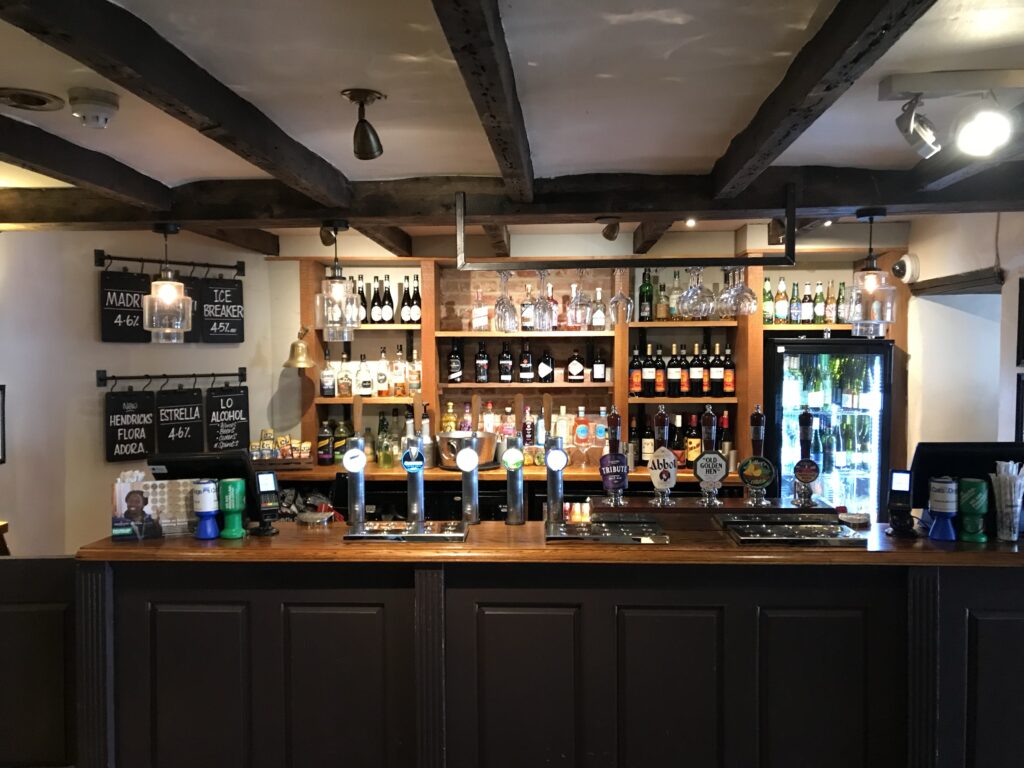
- It is unclear whether the George Inn is the oldest pub in England. We know from visits to the Cottwalds that boutique Inns prefer not to be marked as “oldest pubs”. The Inn serves cask ale.
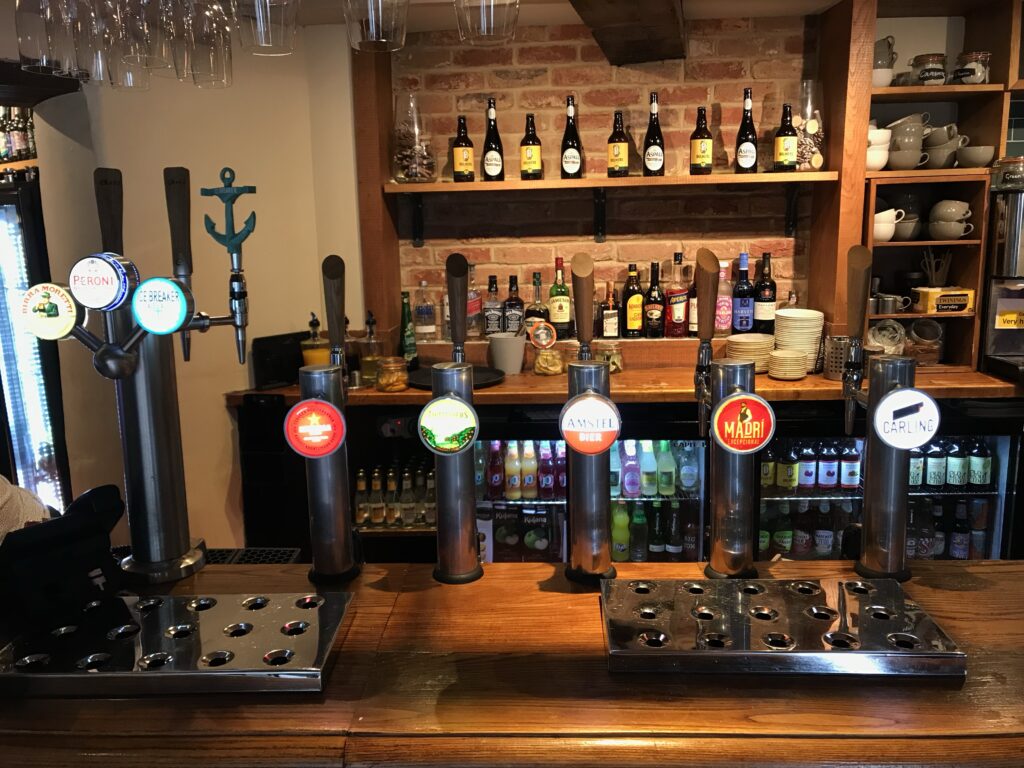
Haunted status and haunting story:
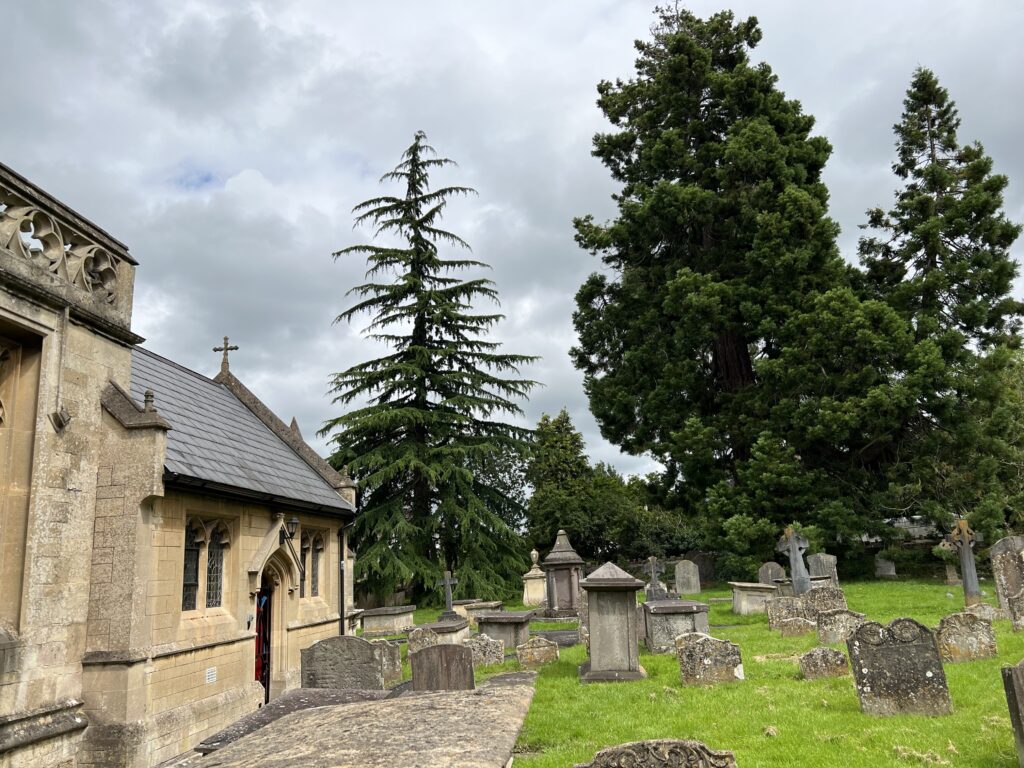
- There is no information available in the search results regarding the George Inn’s haunted status or any associated haunting story but our server was glad to pass on the local lore, discussed below.
Travel to Bristol by canal boat from the George Inn:
- It is possible to travel to Bristol by canal boat from the Kennet and Avon Canal you can rent a canal boat for two hours to make the journey. No license is required to do that. We walked the tow path on this visit.
- The canal connects Bristol to Bath, allowing boaters to navigate between the two cities.
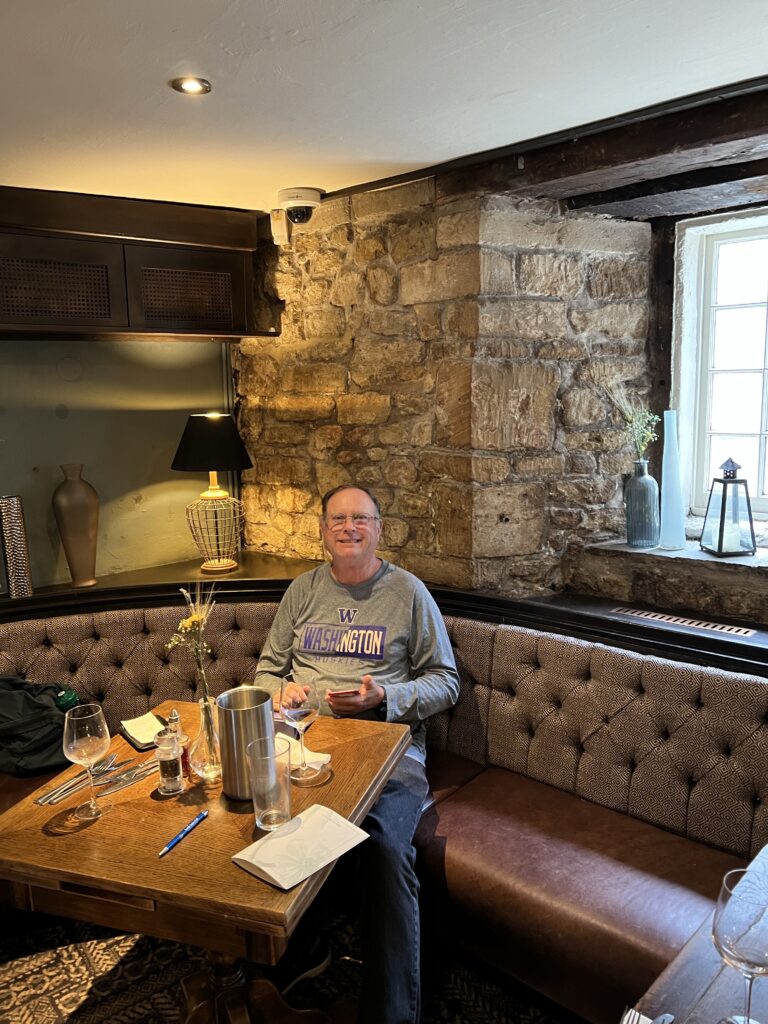
In summary, Bath offers boaters the opportunity to explore its rich history, Georgian architecture, and cultural attractions. The Kennet and Avon Canal runs through Bath, providing a scenic route for boaters to travel between Bristol and Bath. You can walk, jog or bicycle on the tow path. The George Inn, located in Bathampton, is a pub beside the canal, it appears to be haunted, and cask ale service is available. Bristol is worth visiting and can be reached by canal boat from the Kennet and Avon Canal.
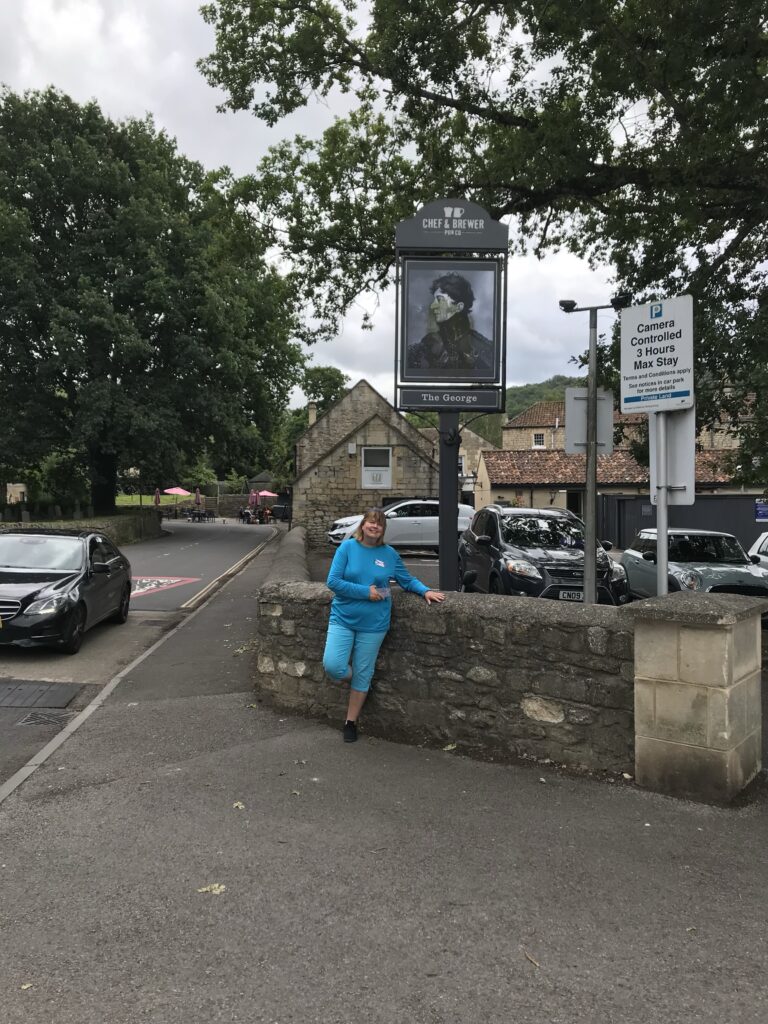
On a canal boat starting in London, what rivers and towns would you pass through before getting to the Kennet and Avon Canal? What towns would you pass through while on the Canal? Where do you enter the canal on this journey? Do you exit the canal a Bristol? Is Bristol worth seeing?
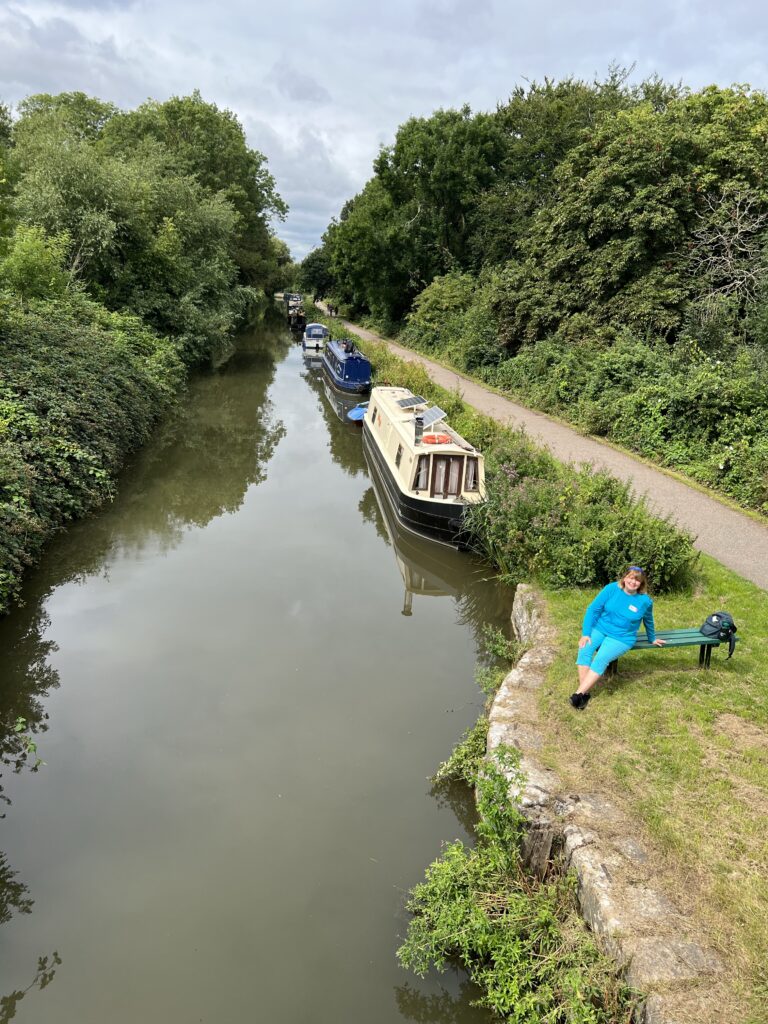
If starting in London, a canal boat would pass through several rivers and towns before reaching the Kennet and Avon Canal. These include:
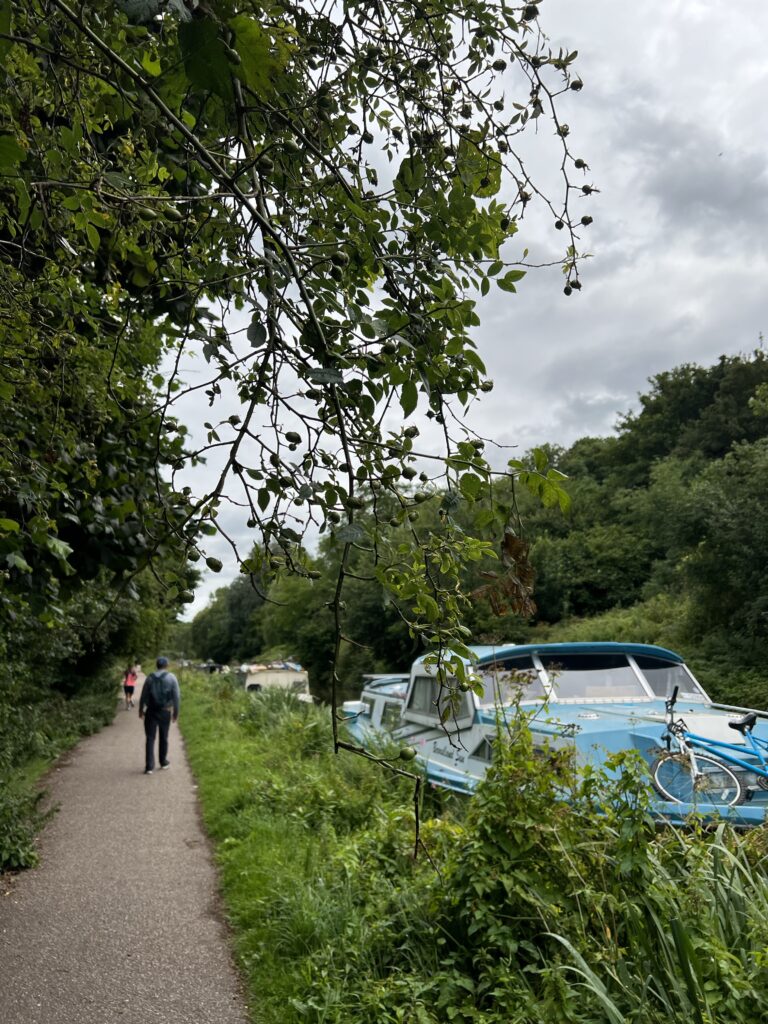
- The River Thames
- Brentford
- Hanwell
- Southall
- Hayes
- West Drayton
- Uxbridge
- Denham
- Harefield
- Rickmansworth
- Croxley Green
- Watford
- Kings Langley
- Hemel Hempstead
- Berkhamsted
- Tring
- Marsworth
- Leighton Buzzard
- Milton Keynes
- Bedford
- St Neots
- Huntingdon
- St Ives
- Ely
- Littleport
- Downham Market
- Denver
- Stoke Ferry
- Brandon
- Thetford
- Bury St Edmunds
- Newmarket
- Cambridge
- Ely
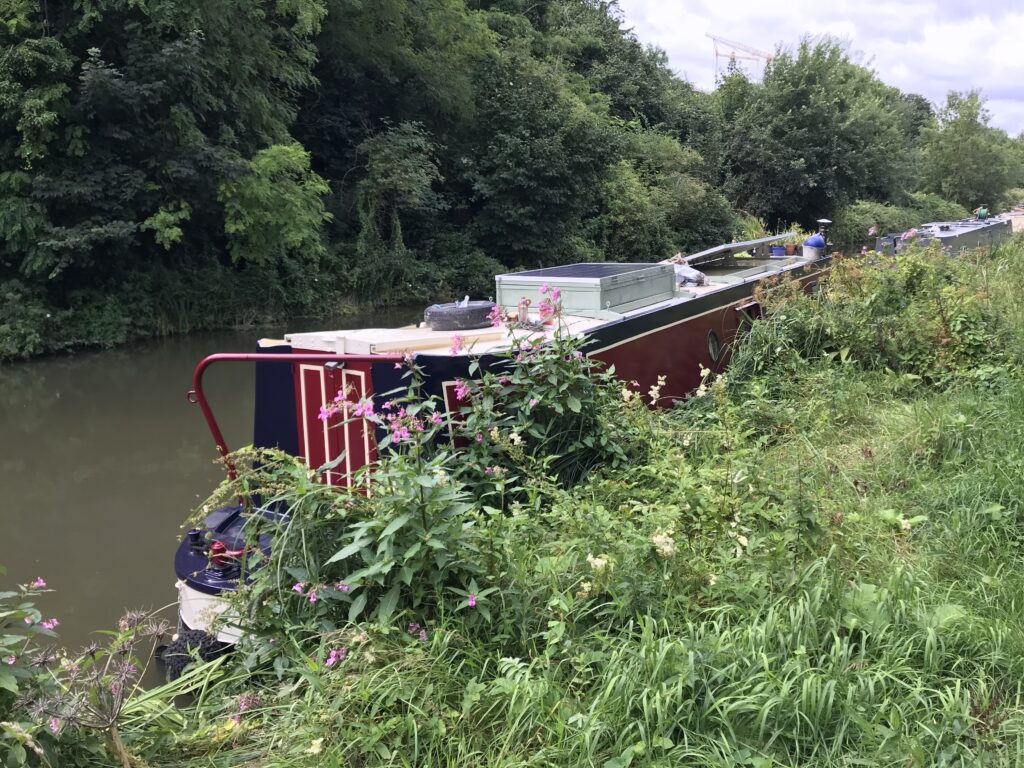
Regulations regarding boats on canals from Bristol to Bath, England are governed by the Canal & River Trust. A boat license is required to navigate the canals and rivers in England and Wales but not to rent a canal boat for a few days. The Kennet and Avon Canal, which runs from Bristol to Reading, is a popular waterway for boating enthusiasts. The canal has 105 locks and is approximately 87 miles long. It takes at least one week to cruise the entire canal. The maximum boat length is 72 ft 0 in (21.95 m), and the maximum boat beam is 13 ft 6 in (4.11 m) 5. The Bath Canal Boat Company offers boat rentals for a minimum of 2 hours up to a full day1.
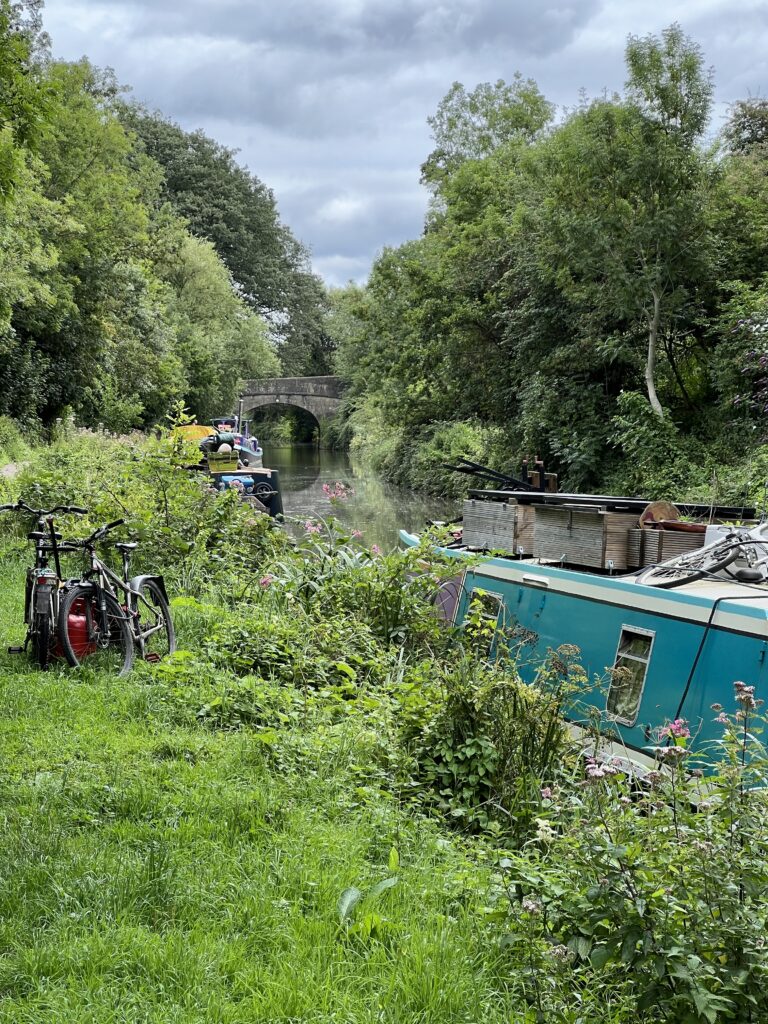
Once on the Kennet and Avon Canal, a canal boat would pass through several towns, including:
- Reading
- Newbury
- Hungerford
- Pewsey
- Devizes
- Bradford-on-Avon
- Bath
- Bristol
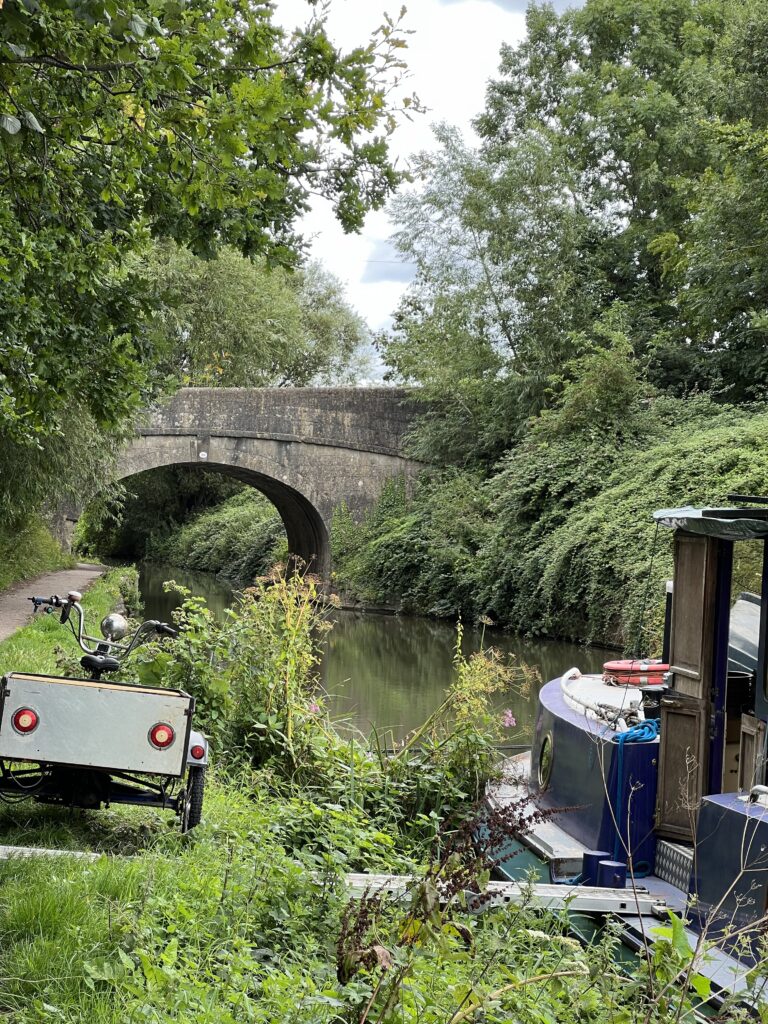
The canal can be entered from the River Thames at Reading or from the River Avon at Bath. The canal ends in Bristol, where it meets the River Avon and the Bristol Channel.Bristol is definitely worth seeing, as it is a vibrant city with a rich history and culture. Some of its top attractions include the Clifton Suspension Bridge, the Bristol Museum and Art Gallery, and the SS Great Britain4.
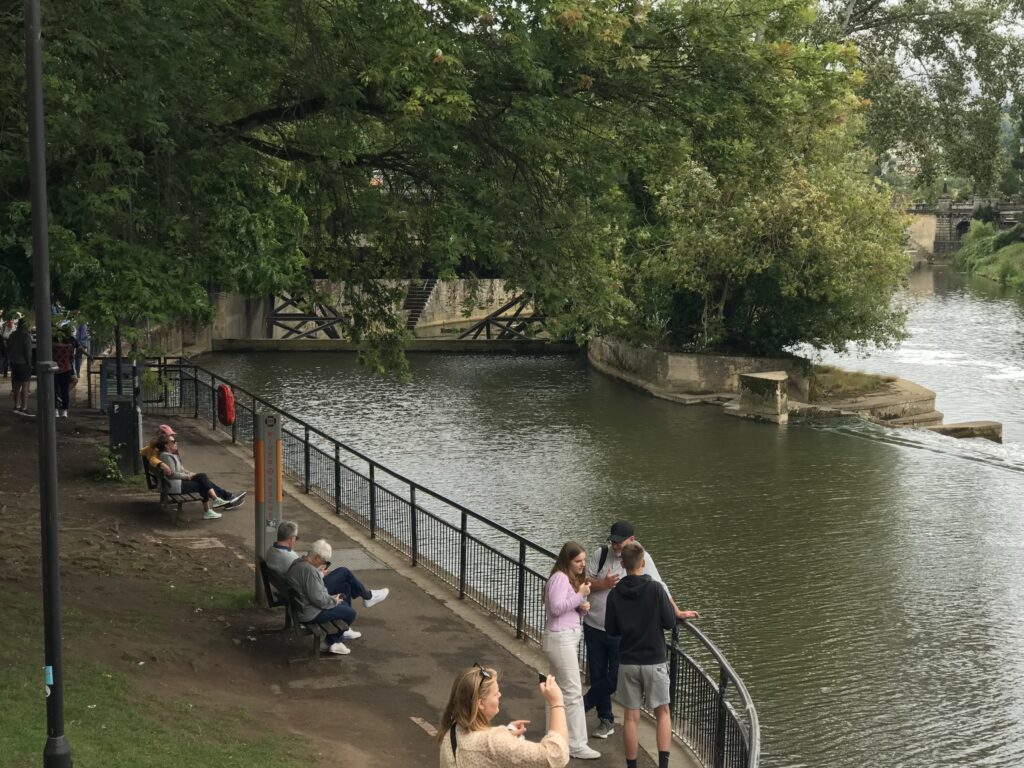
Taking a canal boat from London to Bristol, England is a popular way to explore the waterways of the UK. Here is some information on what the voyage might be like:
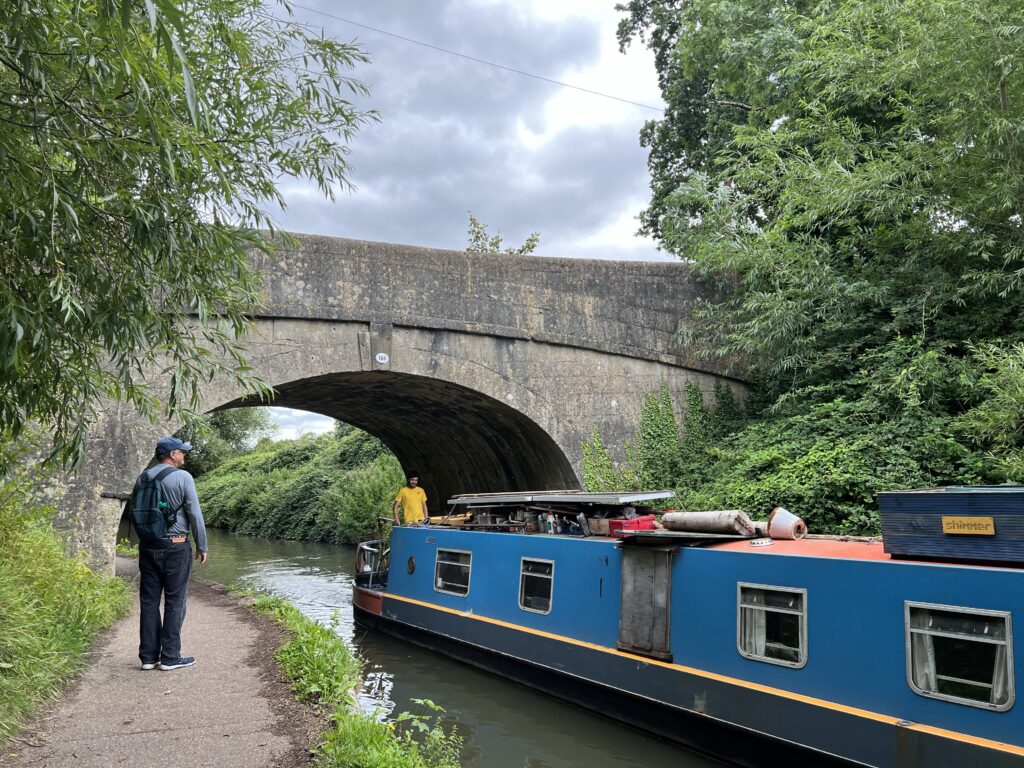
- The Kennet and Avon Canal is the waterway that connects Bristol to Reading and is one of the most popular canals for boating enthusiasts.
- The canal is 86 miles long and has 104 locks, which means that it takes at least one week to cruise the entire canal5.
- The starting point for cruises is the permanent mooring at Saltford1.
- There are several groups and clubs that can help you plan your canal boat trip, including Escape to the River and Bath Canal Boat Company16.
- It is not necessary to have a license to drive a narrowboat on the canal, but planning ahead is key, as movement takes a few seconds to happen4.
- The best time to start such a voyage would be during the summer months, when the weather is warm and the days are longer4.
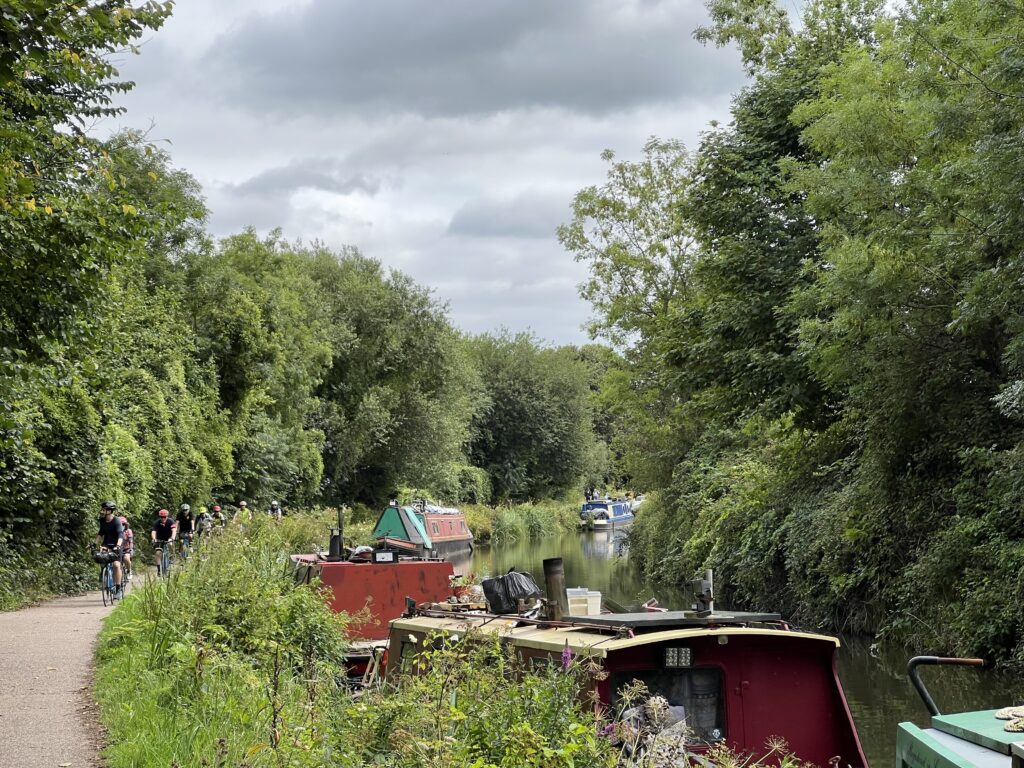
In summary, taking a canal boat from London to Bristol, England is a popular way to explore the waterways of the UK. The Kennet and Avon Canal is the waterway that connects Bristol to Reading and is one of the most popular canals for boating enthusiasts. The canal is 86 miles long and has 104 locks, which means that it takes at least one week to cruise the entire canal. There are several groups and clubs that can help you plan your canal boat trip, and the best time to start such a voyage would be during the summer months.
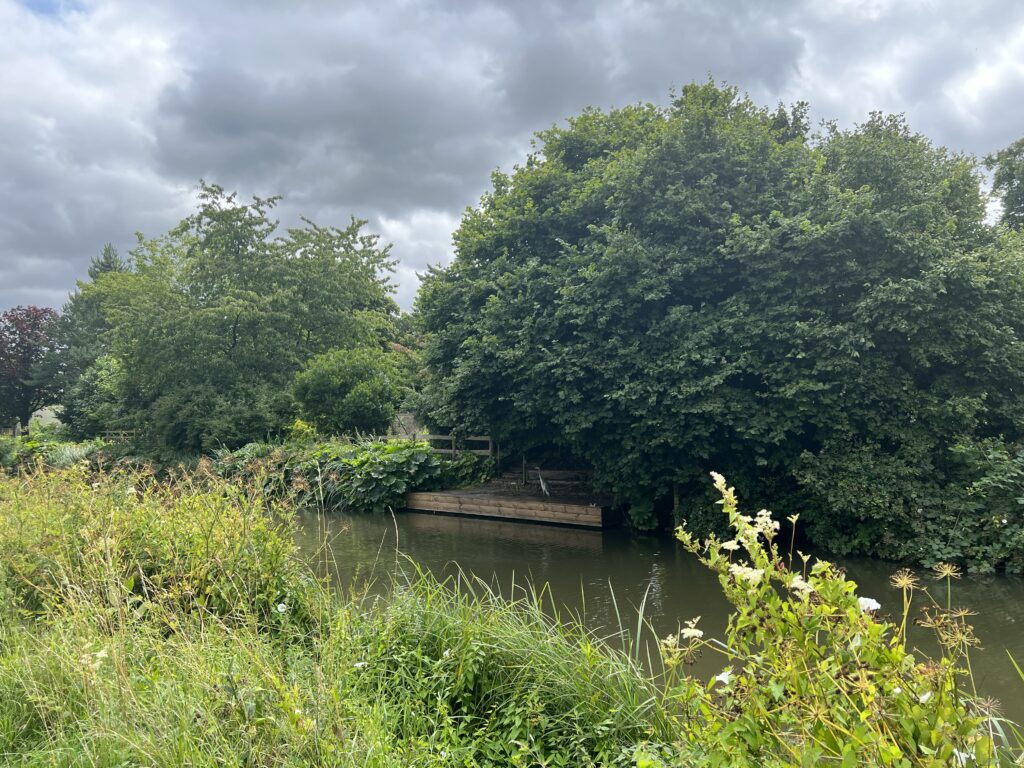
The Kennet and Avon Canal was saved for use today through a restoration project that began in the 1960s. The project was led by the Kennet and Avon Canal Trust and involved the rebuilding of locks, bridges, and aqueducts. The canal was officially reopened in 1990, and full recreational use became available soon after2.In summary, the Kennet and Avon Canal connects to other canals and enables boaters to navigate all the way from the Thames to the cities of Bath and Bristol. The canal was saved for use today through a restoration project that began in the 1960s and was officially reopened in 1990. Full recreational use became available soon after.
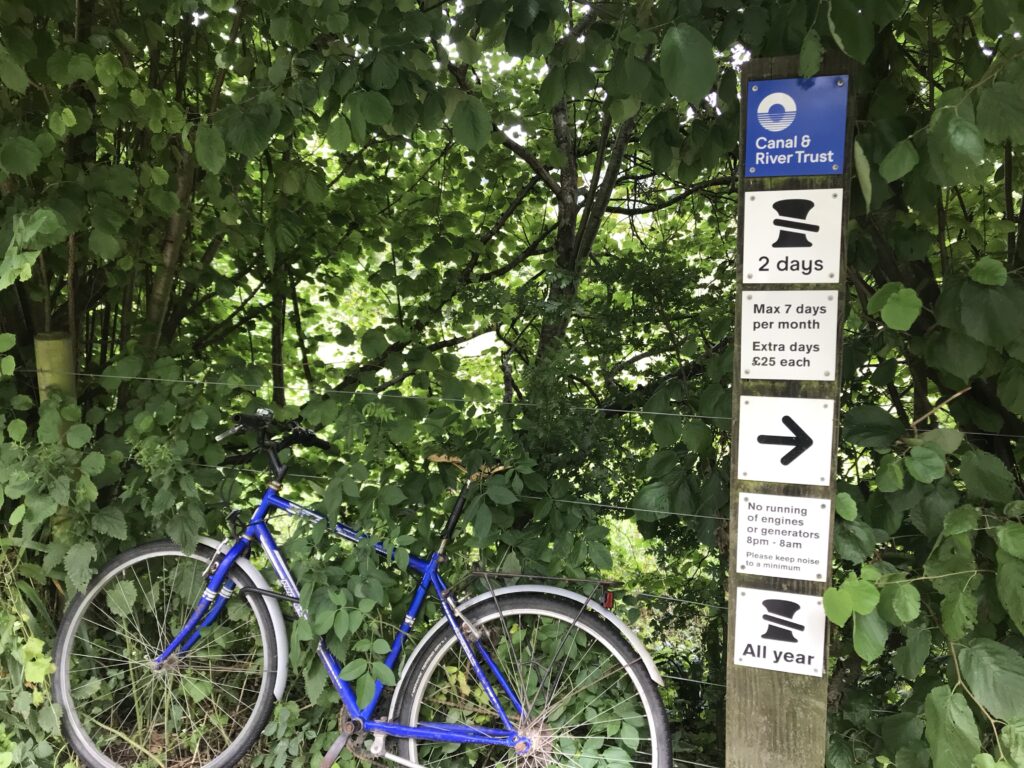
What is the condition of the Kennet and Avon Canal today
The condition of the Kennet and Avon Canal today is a mixed bag. While the canal has been developed as a popular heritage tourism destination for boating, canoeing, fishing, walking, and cycling, it has also been reported that the general condition of the canal is poor2. In some areas, the canal is very overgrown, and both towpaths and the canal itself are difficult to navigate. The Kennet and Avon Canal has also been affected by water shortages, which have caused closures3.However, the canal provides a through route from Bristol to London and was re-opened in 1990 following many years of restoration5.
The Kennet and Avon Canal Trust was formed in 1962 to restore the canal from Reading to Bristol as a through navigation and as a public amenity1. Today, the canal is important for wildlife conservation and is still a popular destination for boaters, cyclists, and walkers.
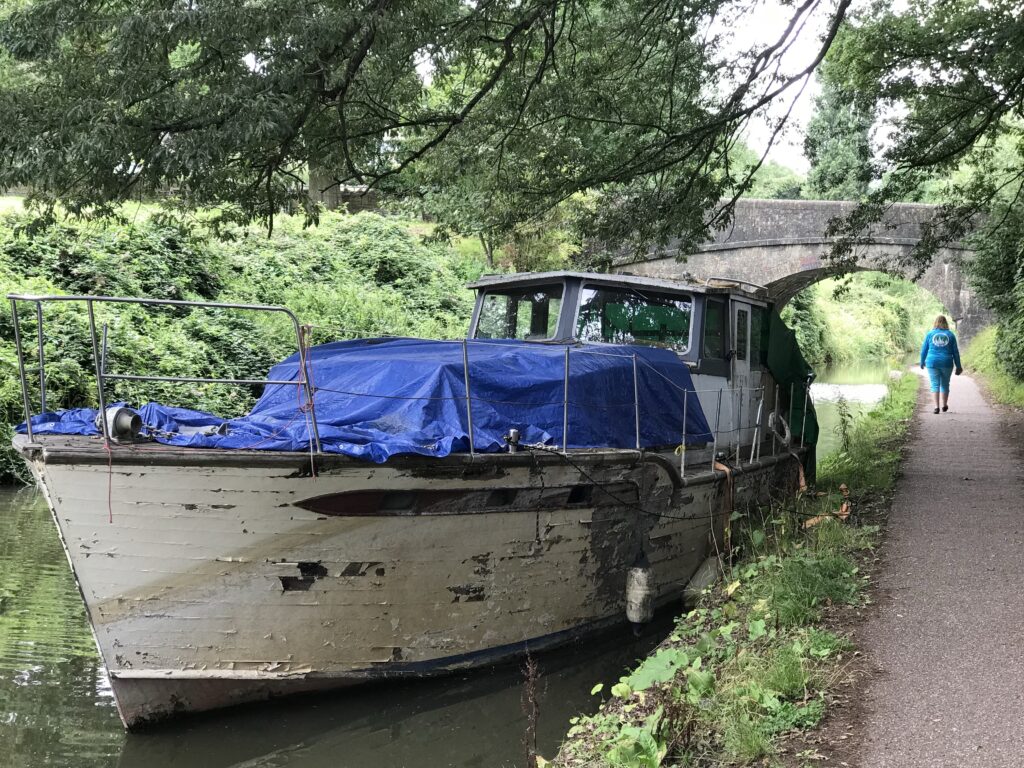
There are several notable landmarks and attractions along the Kennet and Avon Canal. Here are some of them:
- Bridges
- Dundas Aqueduct
- The Roman Baths
- American Museum & Gardens
- Tempo Escape Room
- Mayor’s Honorary Guides
- Scarper Tours
- Bath Walking Tours
- The Lady Lena
- Wiltshire Wildlife Trust
- Devizes Castle
- Wiltshire Museum
- Caen Hill Locks
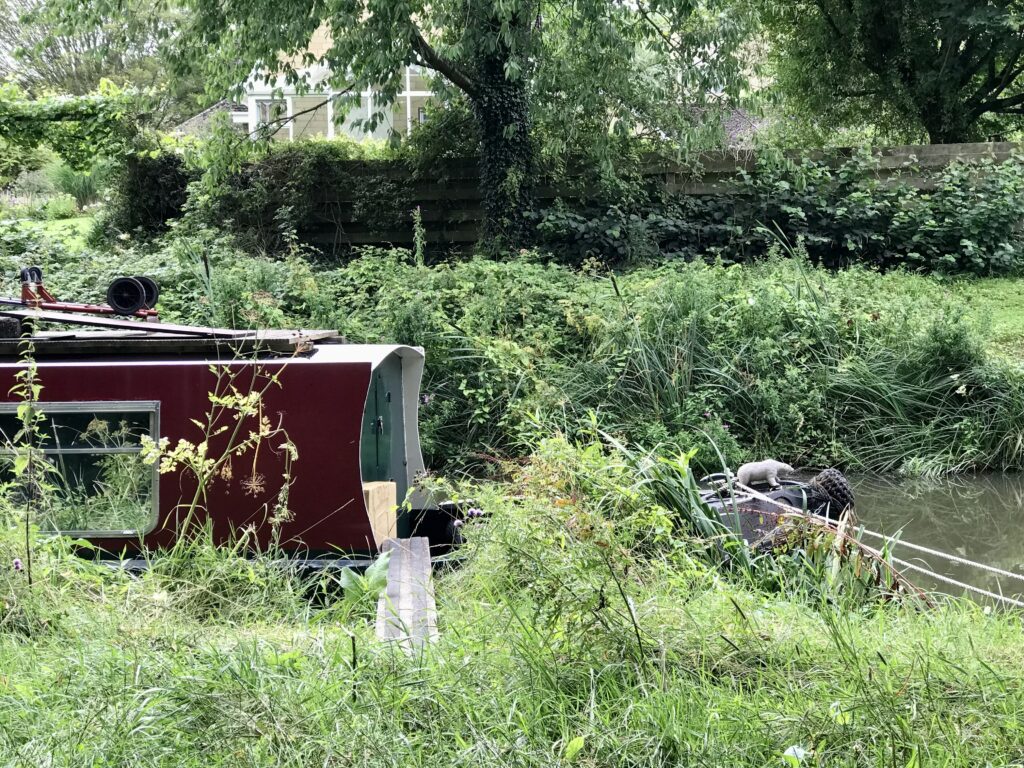
The Dundas Aqueduct is a particularly noteworthy landmark. It is a Grade I listed structure and is considered to be one of the most impressive engineering feats on the canal1. The Roman Baths, located in the city of Bath, are another popular attraction. They are a well-preserved Roman site and have been designated as a UNESCO World Heritage Site1. The American Museum & Gardens is also located in Bath and is dedicated to American decorative arts and culture1. The Caen Hill Locks, located near Devizes, are another popular attraction. They are a flight of 29 locks that raise the canal by 237 feet over a distance of 2 miles6.
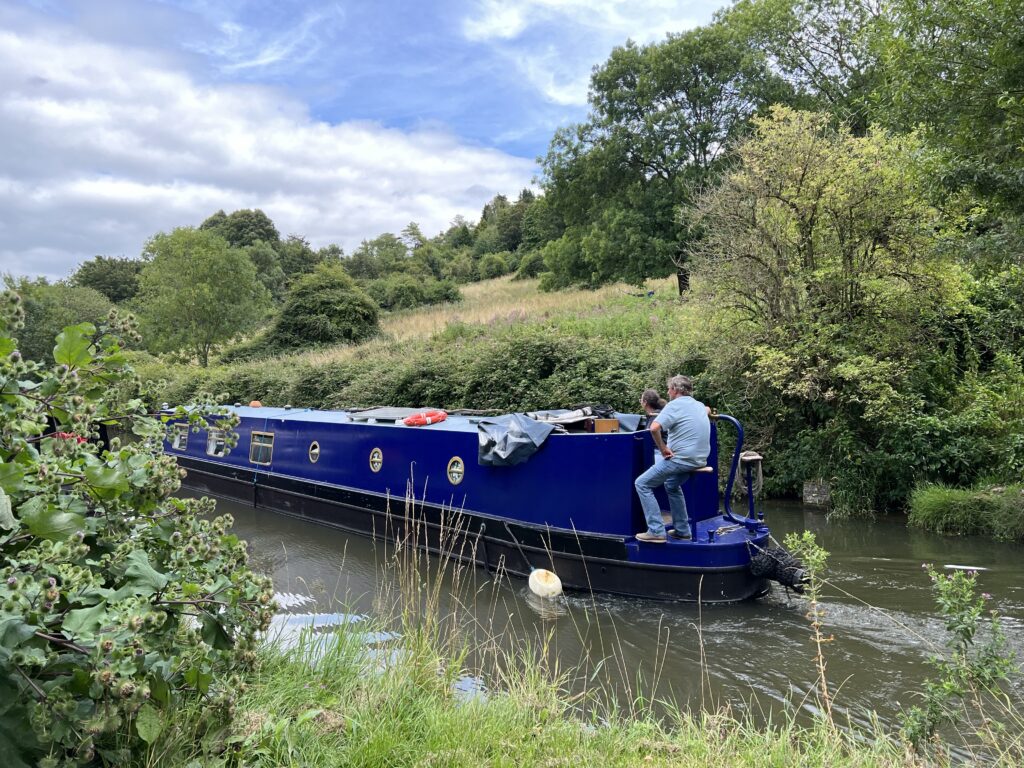
What is noteworthy about Bath to a boater? Describe the History of the Kennet and Avon Canal. How far is a walk along the canal to the George Inn? Describe the history of the George Inn. Is the George Inn the oldest pub in Bath? Does it serve cask ail? Is the hotel haunted? What is the story involving the haunting? Can you get to Bristle by canal boat from the George Inn?
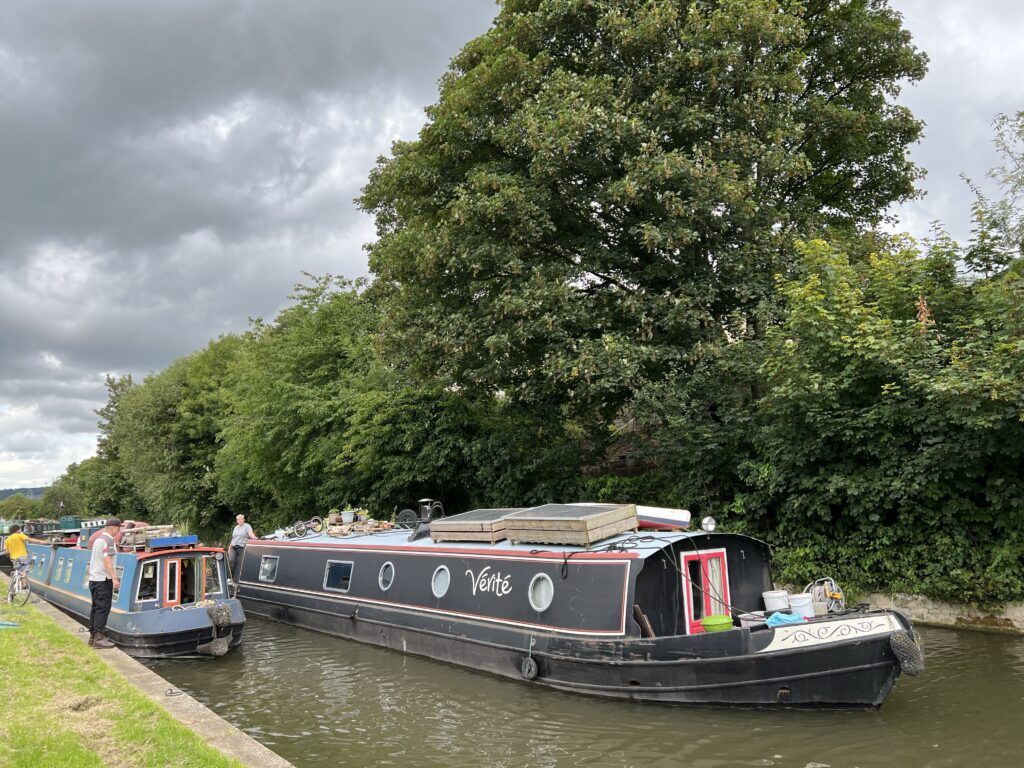
Bath is a city in Somerset, England, known for its Roman-built baths and Georgian architecture. It is a UNESCO World Heritage Site and attracts millions of visitors each year. The Kennet and Avon Canal is a waterway that runs through Bath and connects the River Thames at Reading with the River Avon at Bath. It was built in the late 18th century and played an important role in the transport of goods until the mid-20th century. A walk along the canal from the city centre to the village of Bathampton, where the George Inn is located, takes approximately 1 hour and 20 minutes1.
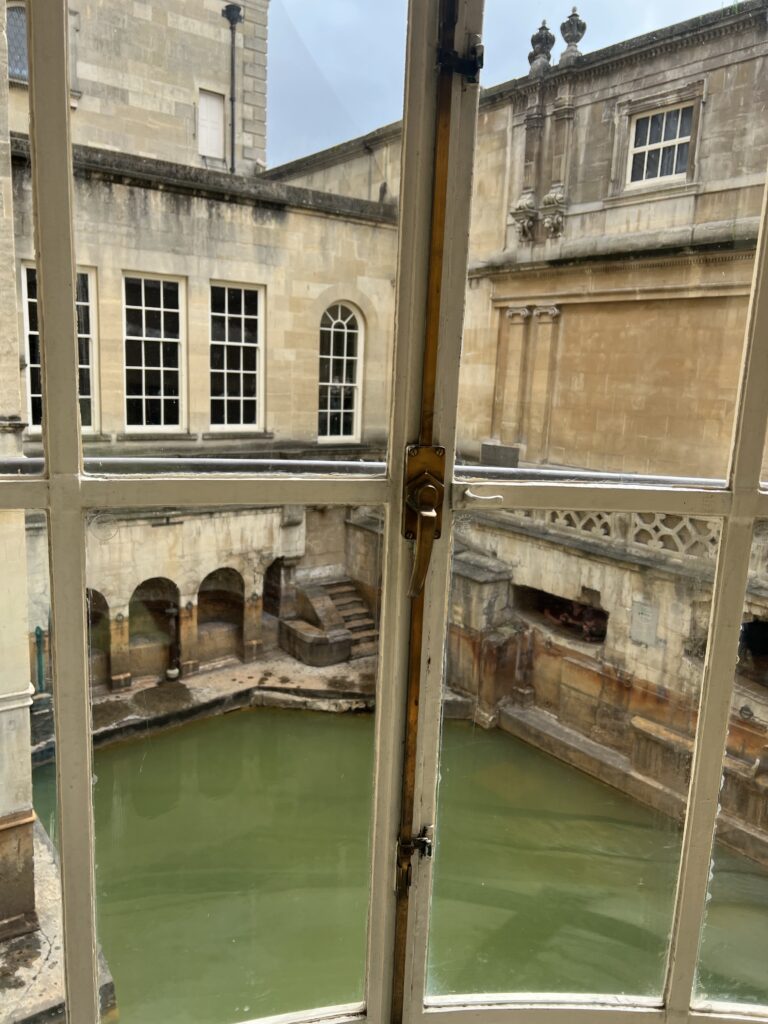
Noteworthy aspects of Bath for boaters:
- Bath is a city in Somerset, England, known for its Roman-built baths and Georgian architecture.
- The city is a popular destination for boaters due to its location on the Kennet and Avon Canal.
- The Kennet and Avon Canal is a historic waterway that runs through Bath, connecting Bristol to Bath in the west and Reading to Bath in the east.
- Boaters can enjoy cruising along the canal, taking in the scenic views and passing through picturesque towns and villages.
- Bath is a UNESCO World Heritage Site and offers boaters the opportunity to explore its rich history and cultural attractions.
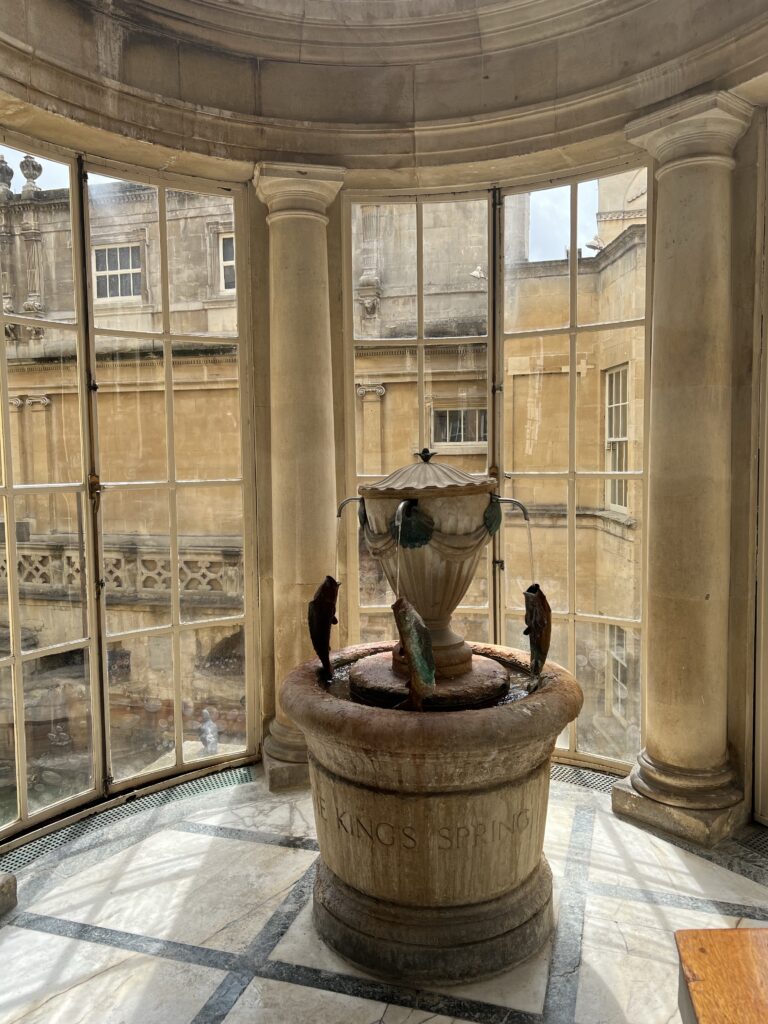
History of the Kennet and Avon Canal:
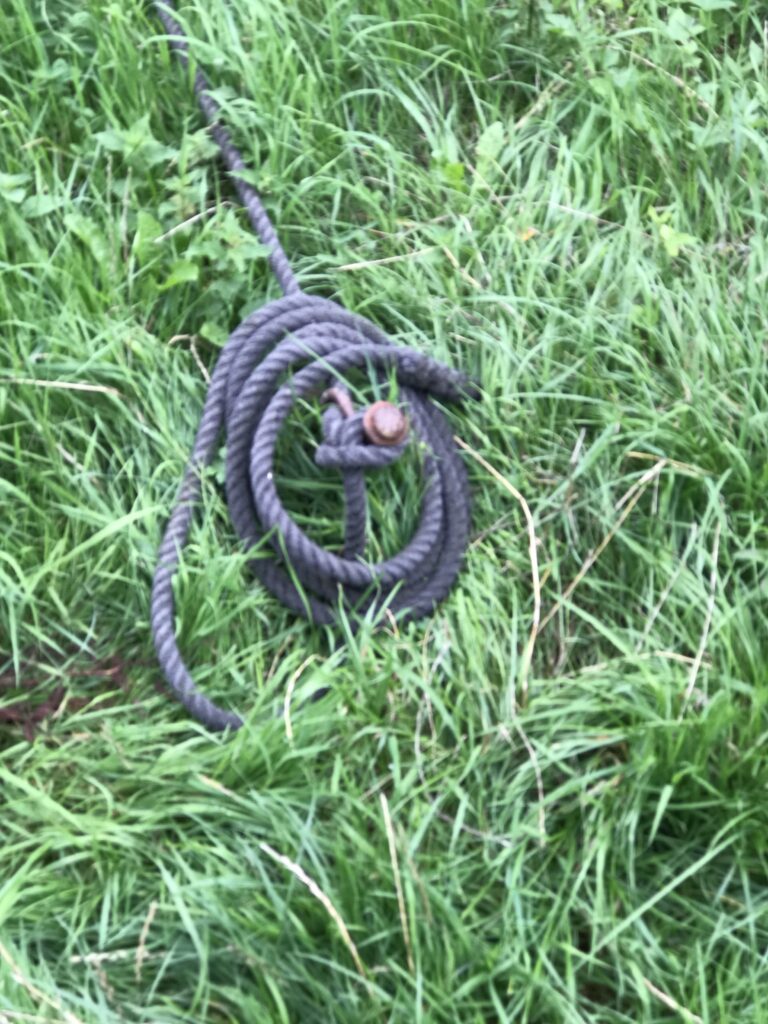
- The Kennet and Avon Canal was completed in 1810 and played a significant role in the transport of goods during the Industrial Revolution.
- It consists of two lengths of navigable rivers linked by a canal, connecting Bristol to Bath in the west and Reading to Bath in the east.
- The canal fell into disrepair but was restored in the 20th century, reopening in 1990 for full recreational use.
Distance from the canal to the George Inn:
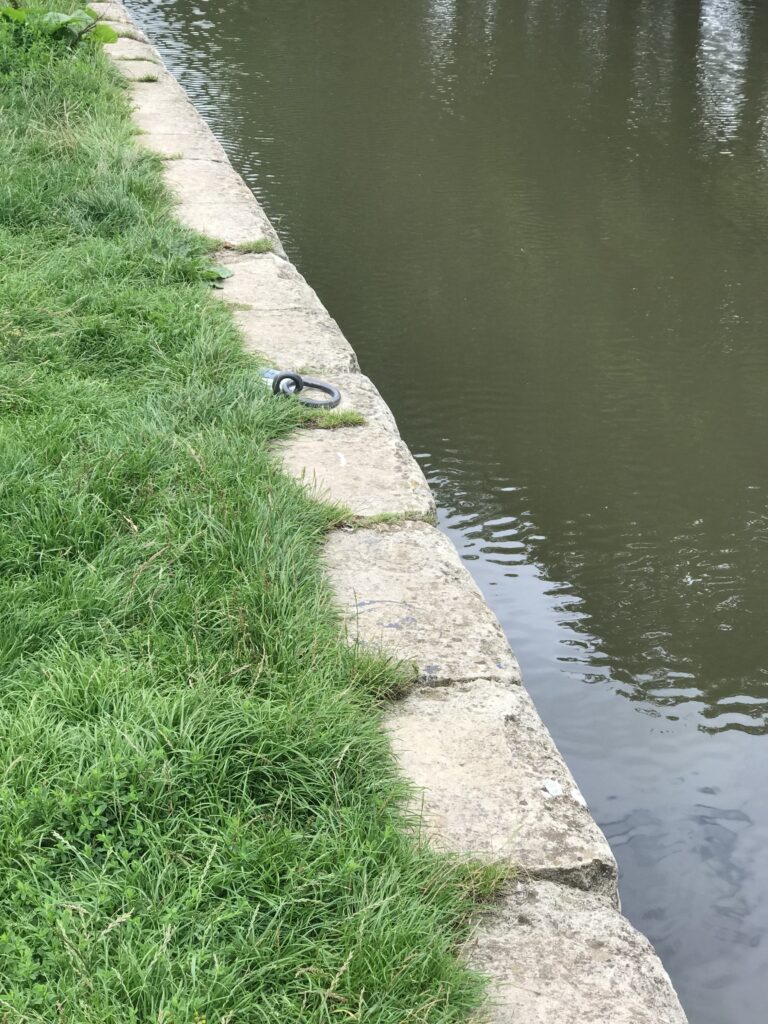
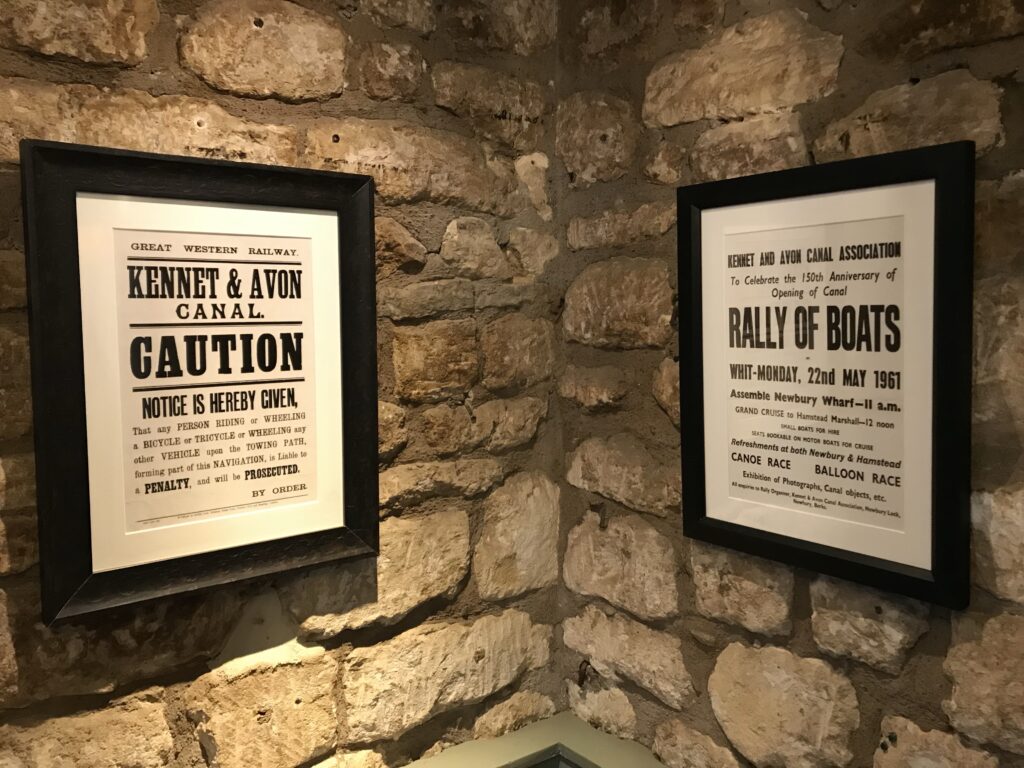
The George Inn in Bathampton, Somerset, is a Grade II listed, ivy-clad pub beside the Kennet and Avon Canal. It was once a 13th-century monastery and dates from the mid-late 17th century. The inn is thought to be haunted by Viscount John Baptiste Du Barry, who was murdered in the area in 1778. His ghost has been seen in the pub’s upper rooms and has been known to move objects and slam doors3.
The George Inn in Norton St Philip, Somerset, is another establishment that claims to be Britain’s oldest tavern. It was built in the 14th or 15th century and has been designated as a Grade I listed building. The inn became part of the stage coach route between London and South West England and was later used as the headquarters of Monmouth’s army during the Monmouth Rebellion in 16856.
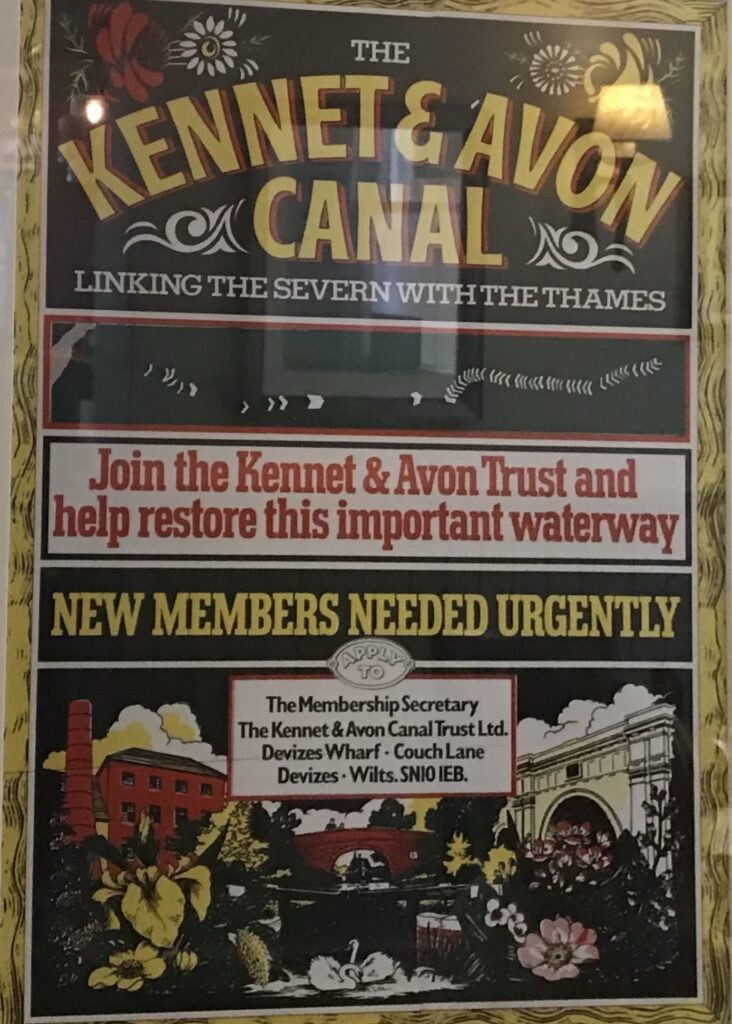
History of the George Inn:
- The George Inn is located in Bathampton, Somerset, near Bath.
- It is a Grade II listed, ivy-clad pub beside the Kennet and Avon Canal.
- The pub features a waterside location and a spacious beer garden.
- The George Inn in Bathampton serves cask ale. It has its own brand of cask ale, an enjoyable bitter.
Oldest pub in Bath and cask ale service:
- It is unclear whether the George Inn is the oldest pub in Bath because there is another Inn claiming that with the same name.
Haunted status and haunting story:
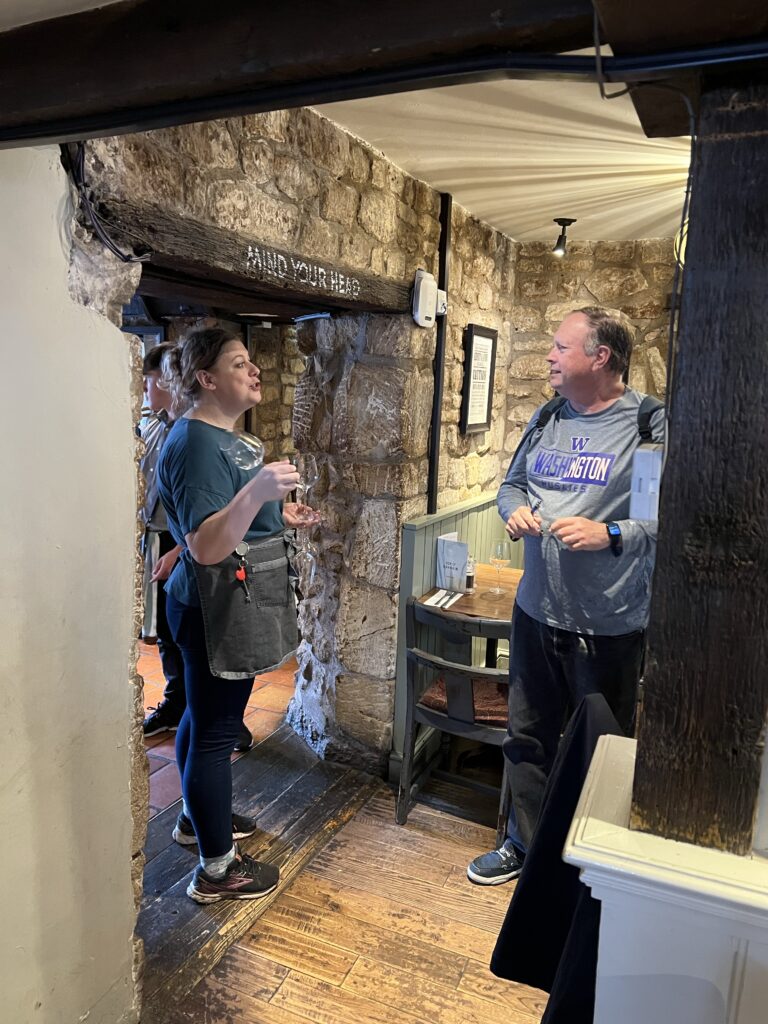
- Viscount John Baptiste Du Barry was a gambler who was challenged to a duel involving his gambling, was killed and burred in the grave yard ne’er the Inn in 1778. His ghost has been seen in the pub’s upper rooms and has been known to move objects and slam doors3.
Travel to Bristol by canal boat from the George Inn:
- It is possible to travel to Bristol by canal boat from the Kennet and Avon Canal.
- The canal connects Bristol to Bath, allowing boaters to navigate between the two cities.
In summary, Bath offers boaters the opportunity to explore its rich history, Georgian architecture, and cultural attractions. The Kennet and Avon Canal runs through Bath, providing a scenic route for boaters to travel between Bristol and Bath. The George Inn, located in Bathampton, is a pub beside the canal, but further details about its history, haunted status, and cask ale service are not available in the search results. Bristol is worth visiting and can be reached by canal boat from the Kennet and Avon Canal.
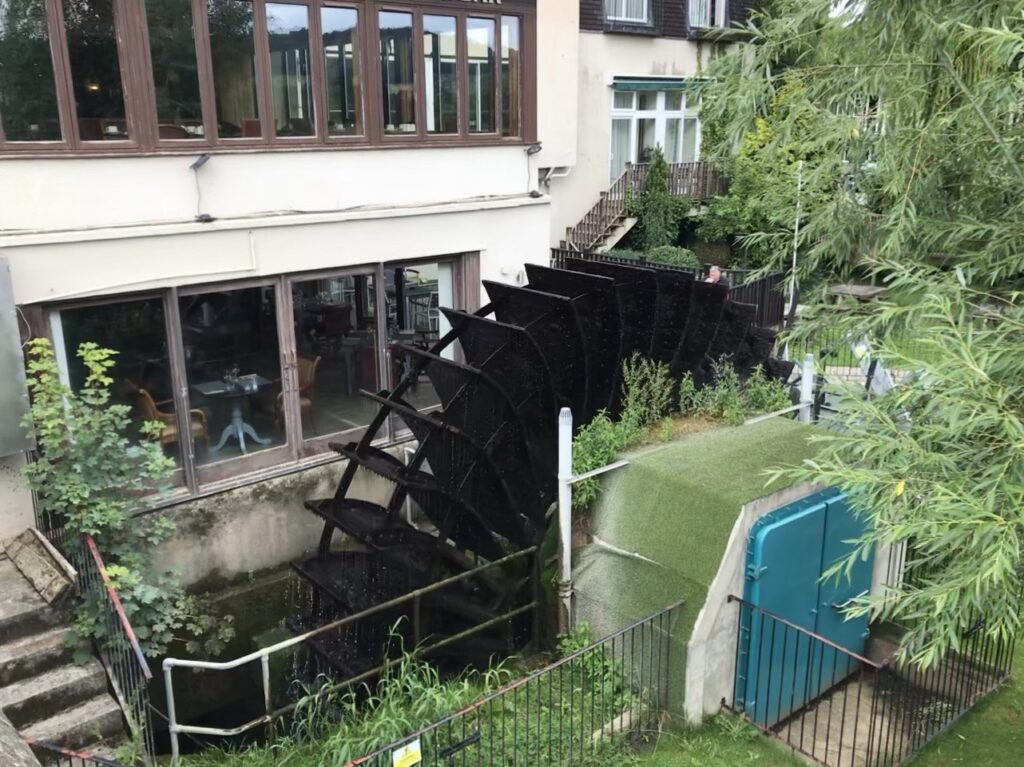
In fair London town, on a canal boat born,
A journey to Bristol, a city adorned.
A modern trip, with sights to see,
From London to Bristol, a journey to be.
First, on the Thames, a river so grand,
Through Brentford and Hayes, to Uxbridge we’ll stand.
Past Tring and Bedford, St. Neots and Ely,
A journey so grand, we’ll see it all sly.
Then, on the Kennet and Avon Canal we’ll go,
Past Bath and Bristol, a journey so slow.
The canal so historic, with locks and bridges so fine,
A journey so scenic, it’s worth every dime.
In Bath, we’ll see the Roman Baths so grand,
And the Georgian architecture, so beautifully planned.
The Kennet and Avon Canal, a waterway so dear,
A journey so memorable, it’s worth every tear.
And if time permits, we’ll visit Stratford-upon-Avon,
The birthplace of Shakespeare, a place to be drawn.
We’ll see the Historic Spine, where Shakespeare was born,
And the Royal Shakespeare Company, a place to be sworn.
In summary, a journey from London to Bristol,
A journey so grand, with sights so crystal.
From the Thames to the Kennet and Avon Canal,
A journey so memorable, it’s worth every canal.
Under the Environment Act, which came into force in 2021, council enforcement officers can issue on-the-spot fines of up to £300 to boat dwellers emitting visible smoke from wood burners. Only Sandwell council, in the West Midlands, has so far approved plans to enforce smoke controls along its 41 miles of canals. But three other councils – Liverpool, Newham and Cannock Chase – are planning to start fining houseboats.
The National Bargee Travellers Association (NBTA), which represents thousands of itinerant people living on Britain’s waterways, said most boaters did not have an alternative way of heating their boats, unlike almost all residential homeowners with wood-burning stoves.
“The vast majority of boats are fitted with solid-fuel stoves,” said Jack Saville from the NBTA. “Many poorer boaters cannot afford smokeless fuels or the latest stoves. Some rely on foraged wood, donated wood or waste wood, which gives off more smoke. They do it out of desperation, not out of choice. So the threat of fines from an increasing number of councils could stop these often vulnerable people from heating their houseboats this winter.”
There are estimated to be 30,000-50,000 people living on boats across the UK. About 15,000 are itinerant, moving from mooring to mooring. According to the annual survey of boaters by the Canal and River Trust, almost a quarter are disabled and 70% are pensioners.
Ban on wood burners threatens British boat-dwellers with winter freeze


